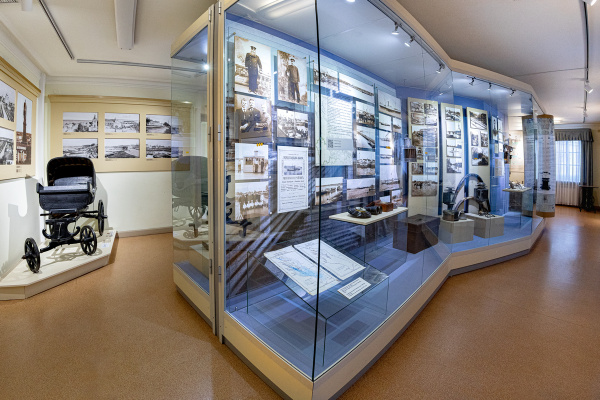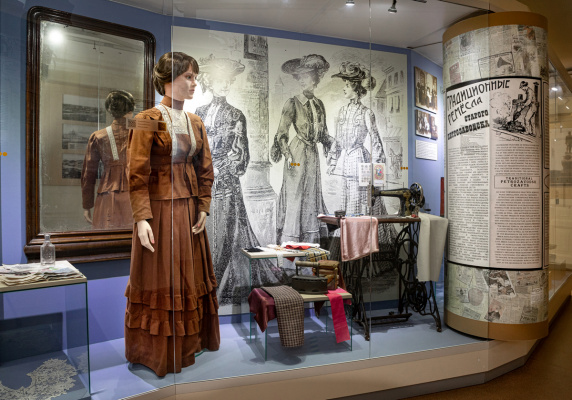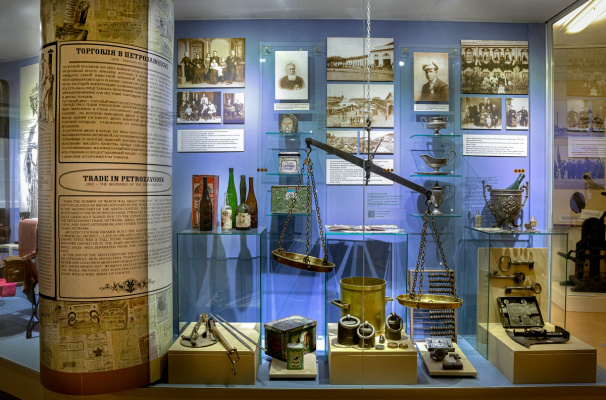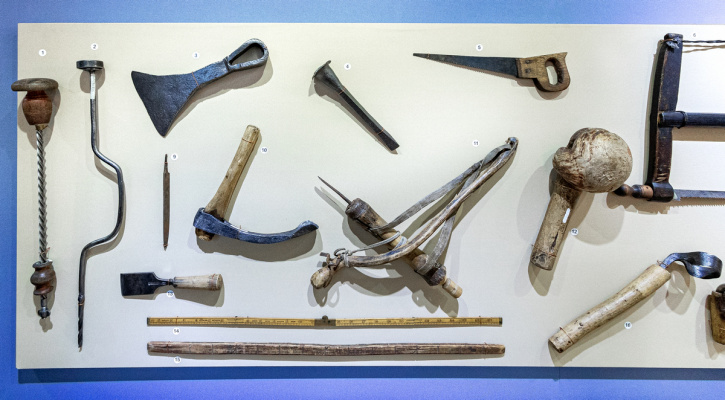 The provincial Petrozavodsk at the turn of the century was quite a big city, its population was about 20 thousand people. The population of the city was divided into different estates: nobles - 1838 p, clergy - 747 p, hereditary honorary citizens - 96 p, merchants - 60 p, bourgeois - 11 thousand p, state peasants - 3100 p, military - 267 p.
The provincial Petrozavodsk at the turn of the century was quite a big city, its population was about 20 thousand people. The population of the city was divided into different estates: nobles - 1838 p, clergy - 747 p, hereditary honorary citizens - 96 p, merchants - 60 p, bourgeois - 11 thousand p, state peasants - 3100 p, military - 267 p.
In addition to the largest in the province Aleksandrovsky factory, other enterprises operated in the city: three small private sawmills factory, brick factory, leather factory, match factory, candle factory, cardboard factory, brewery factory, two printing houses.
There were two locksmith workshops, five shoe shops, seven tailor shops, three hairdressing shops, seven bakeries, one wine warehouse, three wine stores, one tavern, twelve beer shops and five buffets, visitors could stay in three inns. The capital was also the largest commercial center in the province. The Gostiny Dvor, which had 78 shops, accounted for up to two thirds of the city’s trade turnover.
In the city there were more than 1440 buildings (most of them are wooden), Petropavlovsky, Voskresensky and Svyatodukhovsky cathedrals on the Cathedral Square, three cemetery and four house churches.
Presented in 1873 and 1885 monuments to Peter I and Alexander II were the adornment of the city. Both monuments were created by the sculptor I.N. Schreder.
Petrozavodsk was connected with other cities of the empire through water and horse-drawn transport. Until the beginning of the 20th century the only type of urban transport were passenger and cargo transportation. Steamship service between Petrozavodsk and Petersburg was opened in 1860. In the 1870s telegraph communication was established with the capital and county centers.





